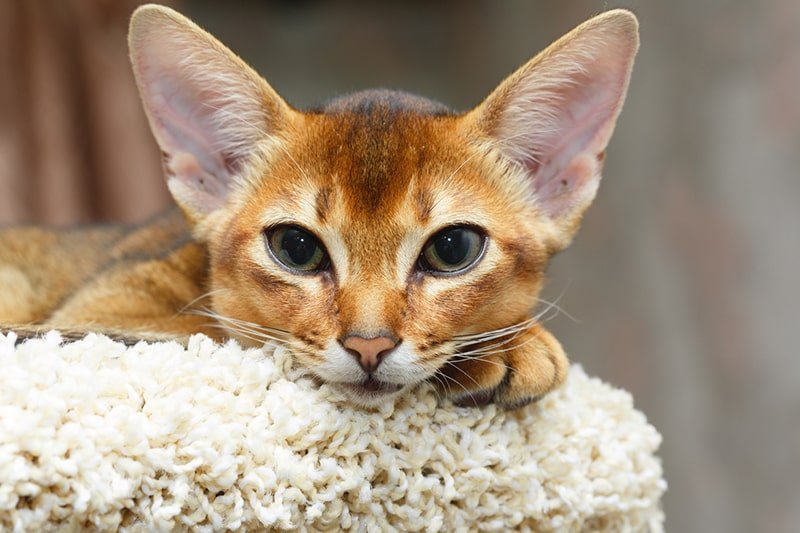5 Nutrient-Rich Live Feeder Insects for Reptiles

While dogs and cats are the most common pets in the United States, around 5.7 million American households own a reptile. Reptiles are fascinating creatures and can make great pets. If you own or are considering buying a reptile for your home, it’s important to consider its nutrition.
Reptiles require a varied and nutritious diet to thrive in captivity. While commercial reptile diets are widely available, live feeder insects offer a more natural and stimulating food source for our scaly friends.
In this blog post, we will explore five nutrient-rich live feeder insects for reptiles. These include buffalo beetles, Dubia roaches, silkworms, and more. Let’s get started.
1. Buffalo Beetles
Starting off our list are the humble yet impressive buffalo beetles. These small, dark-brown beetles possess a rich nutritional profile and are an excellent source of protein for reptiles.
Buffalo beetles are rich in amino acids. This makes them an ideal feeder insect for supporting growth and muscle development in reptiles. Additionally, they are low in fat, making them suitable for species that require a leaner diet.
2. Dubia Roaches
Dubia roaches have gained immense popularity among reptile keepers due to their impressive nutritional profile. These medium-sized insects contain high levels of protein and are rich in:
- Amino acids
- Vitamins
- Minerals
They also have a softer exoskeleton compared to other roach species, making them easier to digest
3. Black Soldier Fly Larvae
Black soldier fly larvae are nature’s recyclers and have emerged as a staple in reptile diets. These larvae are packed with nutrients, including high-quality protein, essential fats, and calcium.
They have a soft body and are rich in chitin, a compound beneficial for reptile digestive health. Black soldier fly larvae are also known for their low odor and reduced risk of transmitting parasites, making them a safe and convenient option for reptile keepers.
4. Silkworms
Silkworms are not only renowned for their silk production but also make excellent feeder insects for reptiles. These caterpillars are a nutrient powerhouse, providing reptiles with a rich source of protein, vitamins, and minerals.
Silkworms have a soft, fleshy body that reptiles find highly palatable. They are particularly beneficial for reptiles that require a softer diet due to dental or digestive issues.
5. Crickets
No list of live feeder insects would be complete without mentioning crickets. These chirping insects have been a classic staple in reptile diets for many yearsand with good reason.
Crickets are high in protein and provide a variety of essential nutrients, including calcium and vitamins. They are available in different sizes, making them suitable for reptiles of various ages and sizes.
Top Live Feeder Insects for Reptiles
When it comes to providing a nutrient-rich diet for our reptile companions, live feeder insects are an excellent choice. The five live insects for reptiles mentioned in this blog post offer a diverse range of benefits, from high protein content to soft exoskeletons and palatability.
By incorporating these live feeder insects into their diets, you can promote optimal health and satisfy your reptile’s natural instincts. Like this blog post live feeders for reptiles? Be sure to check out our other informative articles on a wide range of interesting topics.












